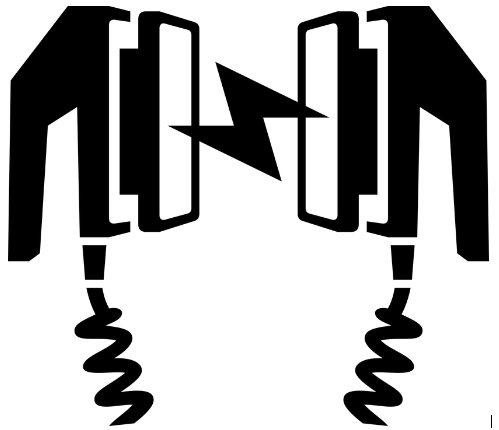911, Emergency! Is Your Business Ready?

According to statistics generated by the Bureau of Labor Statistics, more than 4,500 people died at work during 2015.
On top of that, another 3 million workers got seriously injured: that’s more than 2 percent of the workforce in any given year.
While that might not sound a lot by itself, most companies don’t just employ a handful of people. Instead, they employ dozens, if not hundreds, making the chances that something will go wrong, very high indeed.
For this reason, it’s important that businesses have an action plan in place to deal with medical emergencies.
Already many companies that deal with heavy machinery or dangerous chemicals have formal places in place, as dictated by the Federal Occupational Safety and Health Administration.
But regular companies, working out of offices, still need to think about their plans to prevent employee injury and death.
So what exactly does a professional medical emergency action plan look like?
Step #1: Designate A Management Point Of Contact
The first thing to do when planning an emergency response is to make sure you’ve got an adequate point of contact: somebody who can take the lead in case of an emergency.
All members of staff on your team should know who this person is and under what circumstances to contact them.
Step #2: Look For Ways To Provide Medical Services
After calling 911, it can take up to half an hour for professional medical help to arrive. In that time, a patient’s condition can worsen significantly.
For this reason, it’s a good idea to have some essential equipment on-site, like an automated external defibrillator. You can find AEDs for sale online, as well as many other pieces of equipment that can be used in advance of the arrival of paramedics.
Another thing you can do is locate nearby clinics and make arrangements with them to provide rapid responses should something happen to one of your employees.
Step #3: Provide All Employees With A Written Emergency Procedure
When emergencies strike, things can get a little confusing, especially for the employee in distress.
That’s why it’s a good idea to provide them with a written emergency procedure in advance so that they can agree to your company policy ahead of time.
Things like calling 911 immediately when an employee suffers an injury should be part of the regular procedure, and should not require employee authorization. This will help your company act in a timely and responsive manner.
Step #4: Consult With A Physician
Doctors are in the best position out of anybody to advise you on what medical facilities you should have on-site to deal with emergencies.
Grab a consultation, and speak with them directly about the first-aid medical supplies you should order.
Step #5: Make Your Emergency Action Plan Publicly Available
Finally, it’s a good idea to make sure that your emergency action plan is publicly available in a location where employees can easily find it.
A great place to keep it is pinned to the wall in the staff kitchen, prominently on display.
So does your business have an emergency action plan in place? If not what are you doing in the event it does happen? Feel free to share your thoughts and comments below.
Cheers!




